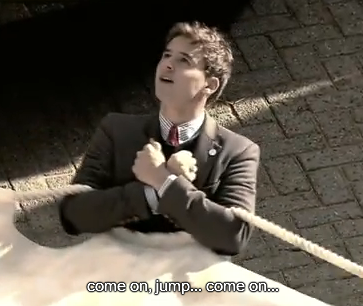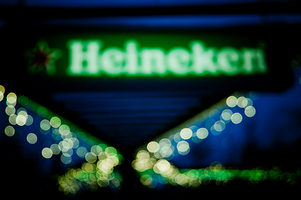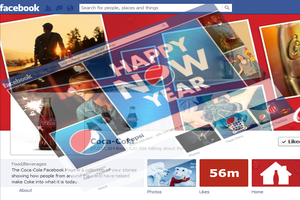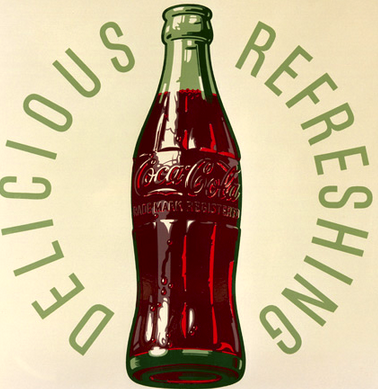'Flawsome' Coke exec embraces 52m Facebook fans as sales force
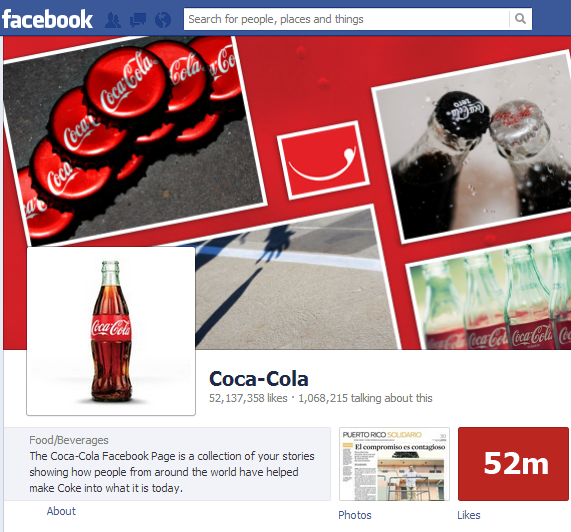
Talking at Fortune’s ‘The Most Powerful Women’ virtual summit on October 2, Atlanta-based Wendy Clark, senior vice president, integrated marketing communications and capabilities (pictured below) discussed how The Coca-Cola Company had built and continued to bolster its brand presence using social media.
Emphasizing the importance of peer-to-peer (P2P) channels for the firm, Clark said that 10,000 people (marketers, production staff) worked to activate company programs around the 2012 London Olympics alone in 108 countries.
Useful, compelling content
But glossing her own phrase, ‘embracing a new sales force’, Clark noted that Coke’s 52m Facebook ‘Likes’ were consumers who were interested in the brand, “hand raisers who have opted into us”.
“The currency now in a social network is useful, compelling content, especially for teenagers and young adults – our core target,” she added.
“So if we give them shareworthy content, it helps them having something interesting to share on social networks, currency, they in fact become our sales force, they pass along the message for us.
“You have to talk about that carefully, because some people say ‘they’re our fans, not our sales force’, but they want to…carry the message for your brand.”
Looking to the future, Clark said mobile platforms were the key to the next decade: “Everything we’re doing, if it can’t communicate over a 4x2” screen, it’s not good enough,” she told delegates.
Discussing Coke’s P2P odyssey more broadly, Clark said: “It’s safe to say it’s a journey, we don’t have it all cracked, and we’re learning every single day. For every success, there’s five learnings behind it that didn’t work out the way we wanted them to.
Coca-Cola Happiness Machine
Coke’s first viral social media hit was the Coca-Cola ‘Happiness Machine’, Clark explained (see below) where a machine in New York University spat out Coke and many other gifts.
“So we quickly did exactly the same video in England, only the machine put out strawberries and cream and other very British things. Of course, that video went nowhere.
“Back to content being the currency – once you’ve seen it, the currency is diminished. That was a huge learning. Things like that happen all the time for us.”
‘Being awesome with you flaws’
Coke’s digital team also used the term ‘flawsome’, Clark said, which meant “being awesome with your flaws”, and attracting consumers who didn’t want a relationship with a corporate monolith.
“Because we don’t control it [the dialogue] anymore. That’s one of the hardest lessons for most of our companies. At 126 years old we’re used to controlling that dialogue,” she added.
One mistake was seeing a Facebook page as a marketing channel, Clark said, and turning it into a resource that didn’t celebrate a ‘community’ conversation, which led to audience disconnection.
“There’s plenty of content out there that I would prefer wasn’t on brand Coca-Cola,” Clark said.
“It’s bloody hard not to take that content down…but you take it down and it’s like a game of ‘Whac –A-Mole’ – it goes up five times as much, and you enter a game you’re not going to win.”

